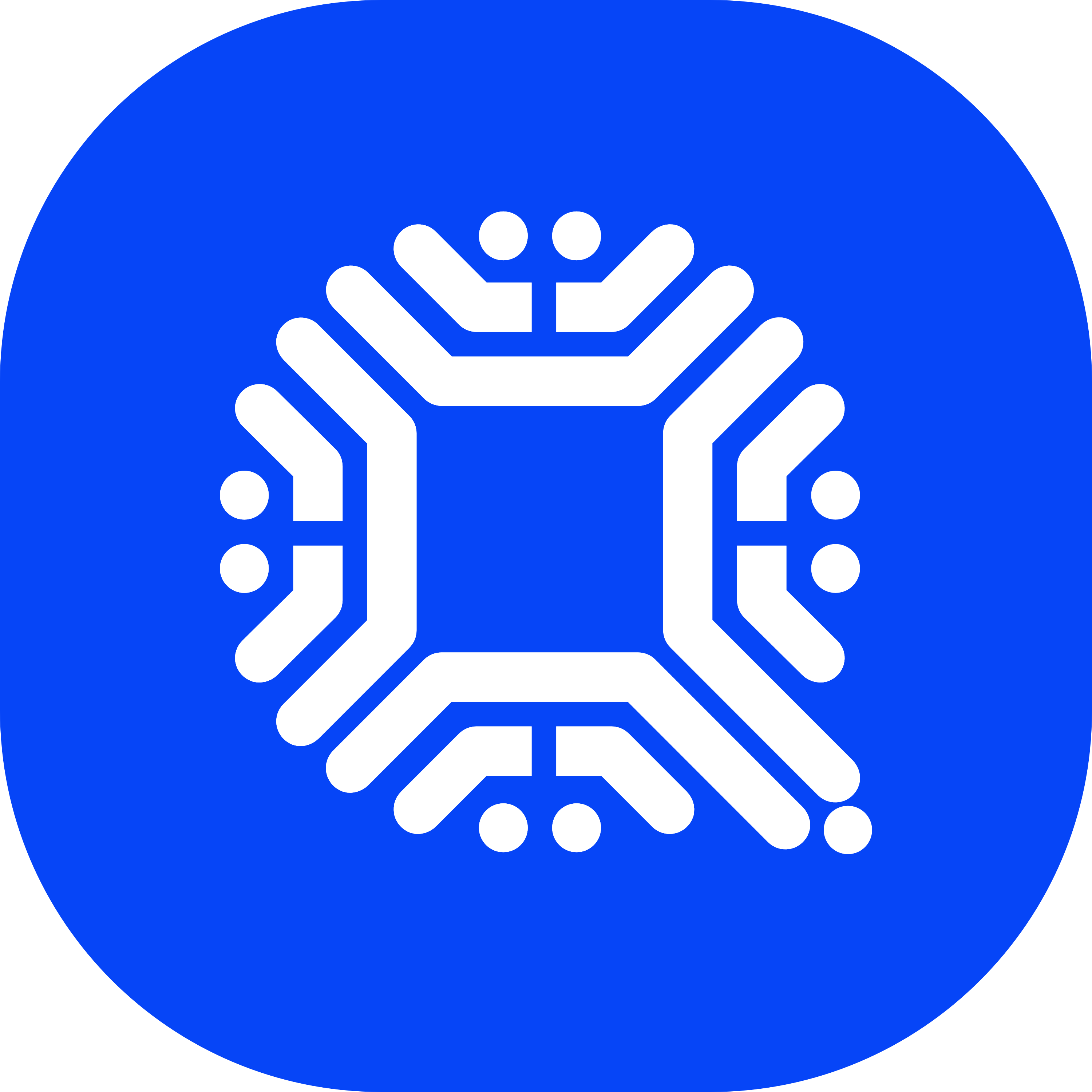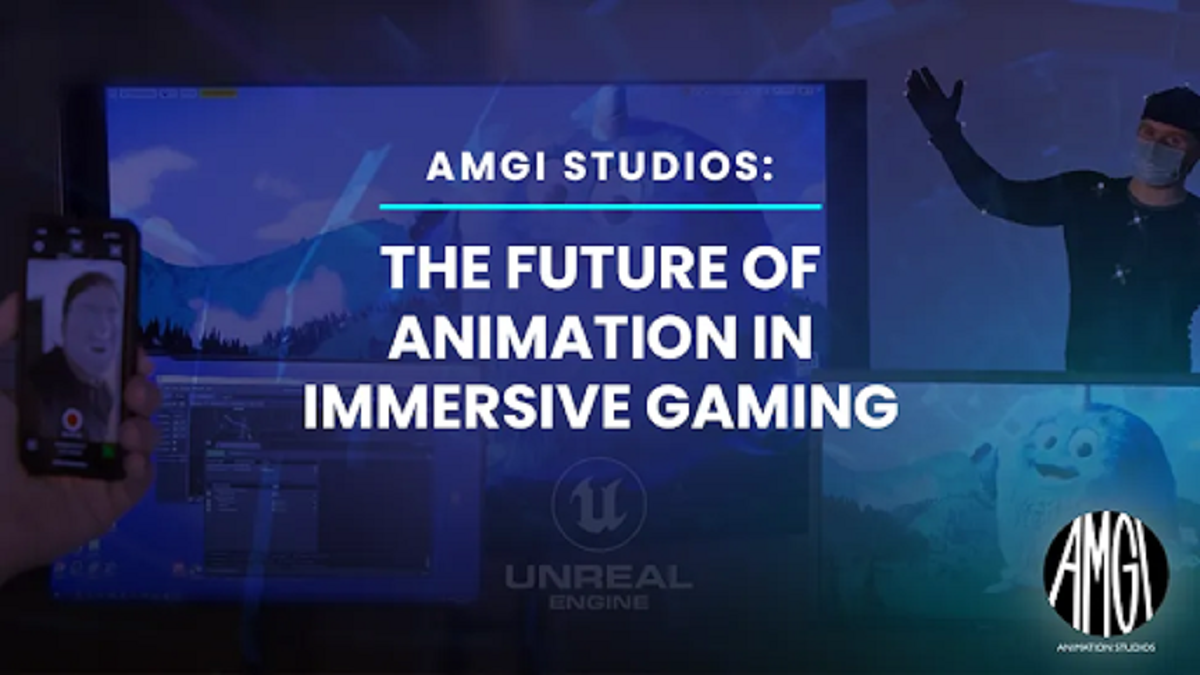







































How Modular Tech Stacks Could Improve The Web 3 Gaming Development Ecosystem
 AI
AI
 STX
STX
 DIS
DIS

The gaming industry is the largest entertainment sector in the world by a huge margin, with the global revenue being more than the movie and music industries combined. According to Statista, the global revenue from games is forecast to reach $450 billion in 2024, marking the seventh consecutive growth year, with the market estimated to reach $667 billion by the end of 2029.
Specifically, the AAA gaming sector and streaming have majorly contributed to the explosive growth of gaming around the world. The stories and graphics are better, more exciting, and powerful, and the overall experience is more enjoyable and vibrant.
In recent years, Web 3 gaming has taken hold of the industry, transforming how games are played and the in-game economies – trading assets, buying and selling characters etc. While the players’ side in Web 3 games is growing at an inflated pace, the development of Web 3 games has hit a snag due to the difficulty of developing gaming solutions that compete with traditional AAA games.
In the article below, we discuss some of the challenges that gaming development is facing in Web 3 and the solutions that can be employed to make development easier and up to par with traditional games. Additionally, we talk about the role that upcoming Web 3 gaming studios are playing, introducing solutions such as modular building blocks, to realize their vision, reach their goals and provide gamers with higher quality games.
The Adoption And Challenges of Web 3 Games Development
The addition of Web 3 technology to traditional gaming has benefited the sector widely by opening up games to the global market and providing better gaming economies. The in-game economics allows players and those who watch the games without actually playing to participate in the ecosystem – enhancing profitability for the gaming companies. Additionally, the introduction of NFTs to the gaming market has also boosted the adoption of Web 3 games. Since the inception of NFT markets, players can freely trade in-game assets with other players, fans, and enthusiasts around the world.
Nonetheless, the adoption and development rates of blockchain games have not been anywhere near the expected rates. Several challenges have hampered Web 3 gaming development, some of them being:
- UX barriers: Given Web 3 gaming is still in its infancy, user experience (UX) challenges are expected. First, the onboarding process for users is complex as they need to have some background knowledge of setting up a wallet, buying tokens, securing private keys, etc. which adds friction. The slow transaction speeds on monolithic blockchains, confusing game economies, and the risk of losing assets also add a barrier to the development and adoption of Web 3 games.
- Inferior gaming experience: Secondly, Web 3 game developers lack seasoned development companies hence lag in graphics, gameplay, immersion, etc. The lack of engaging gameplay, exciting storylines and often repetitive tasks has derailed the global adoption of Web 3 games. Additionally, some Web 3 games are developed purely for their monetary value, requiring players to buy expensive NFTs before they play. This turns players looking for actual fun away before they start playing the game.
- Scalability: Scalability is a significant obstacle in Web 3 gaming development. For instance, one resource-intensive application on a blockchain could monopolize the network’s resources leading to performance issues and security risks across other applications. This affects the scalability of other platforms, slowing down transactions and increasing latency for everyone sharing the network. This provides a bottleneck for the growth of other applications on the network, slowing down global adoption rates on the network.
The UX barriers and inferior gaming experience are gradually being addressed by creating simpler development applications and building user-centric products such as frictionless on-ramps and easy-to-use marketplaces. However, the challenge of globally scaling these games means most Web 3 games cannot serve hundreds of millions of gamers, and handle billions of transactions or smart contracts at a go.
One company, AMGI Studios aims to solve these issues by combining the power of Web 3 and Hollywood, allowing game developers to use a modular tech stack to scale gaming across blockchain.
Modular Tech Stacks Could Transform Web3 Gaming
As explained above, monolithic blockchains suffer from global scalability, majorly due to the huge amounts of data stored on individual nodes. The data availability design for blockchains makes it impractical, hence games cannot scale globally leading to poor user experience.
AMGI Studios announced the launch of its Interloop service which will provide a more scalable and user-friendly platform for game developers. The Interloop will combine proprietary technology with high-quality, character-driven animation to create a bridge between Hollywood and the Web3 ecosystem. The platform provides a modular tech stack that separates data storage and availability from the core functionalities of the platform. This composability enables the creation of more efficient DApps and provides greater flexibility to innovate and build for developers.
With a team of over 60+ experienced developers who have previously worked with Disney and Pixar, AMGI Studio promises to solve scalability challenges in the Web 3 space, enhancing the overall game experience with a focus on player enjoyment and engagement. AMGI Interloop’s leading gaming title, My Pet Hooligan, an interactive entertainment experience that allows players to create characters to battle, is a nice example.
The game allows different projects, intellectual properties, and creators to come together to build a rich ecosystem of in-game assets and environments to provide gamers with a rich storyline and exciting gameplay. Its interoperability of metaverses and NFT marketplaces ensures a robust and healthy ecosystem and community among gamers.
Notwithstanding, My Pet Hooligan taps into the wonders of artificial intelligence (AI), enhancing the development of AI-integrated NFTs and AI-integrated non-player characters (NPCs) within the metaverse. Additional developments include integration with AI Vision, AI Function Calling & AI Memory, which are currently in development. Developers can also create in-game AI-driven characters that are trained on organic player behaviour.
Final Words
The integration of Web 3 technologies into traditional gaming offers a significant transformation to how gamers experience games. However, current challenges in UX, gaming experience, and scalability hinder the growth of game development in the ecosystem. Innovative solutions like AMGI Studio’s Interloop and its modular tech stacks promise a brighter path forward.
As these technologies evolve and mature, they have the potential to create richer, more immersive gaming experiences that blend the best of traditional and Web 3 elements. The future of gaming looks bright, with advancements poised to redefine player engagement and in-game economies, setting the stage for a new era of interactive entertainment.

